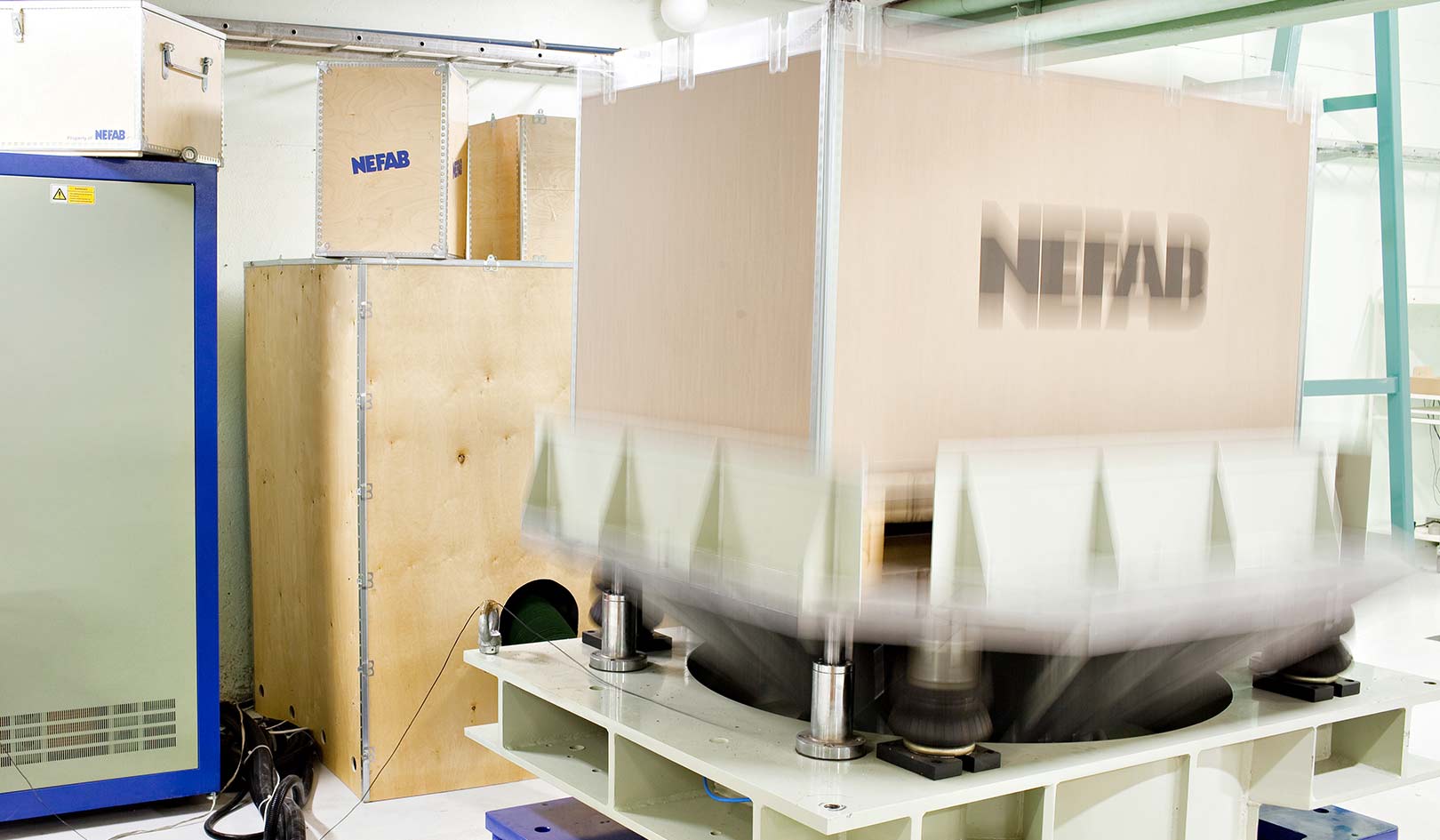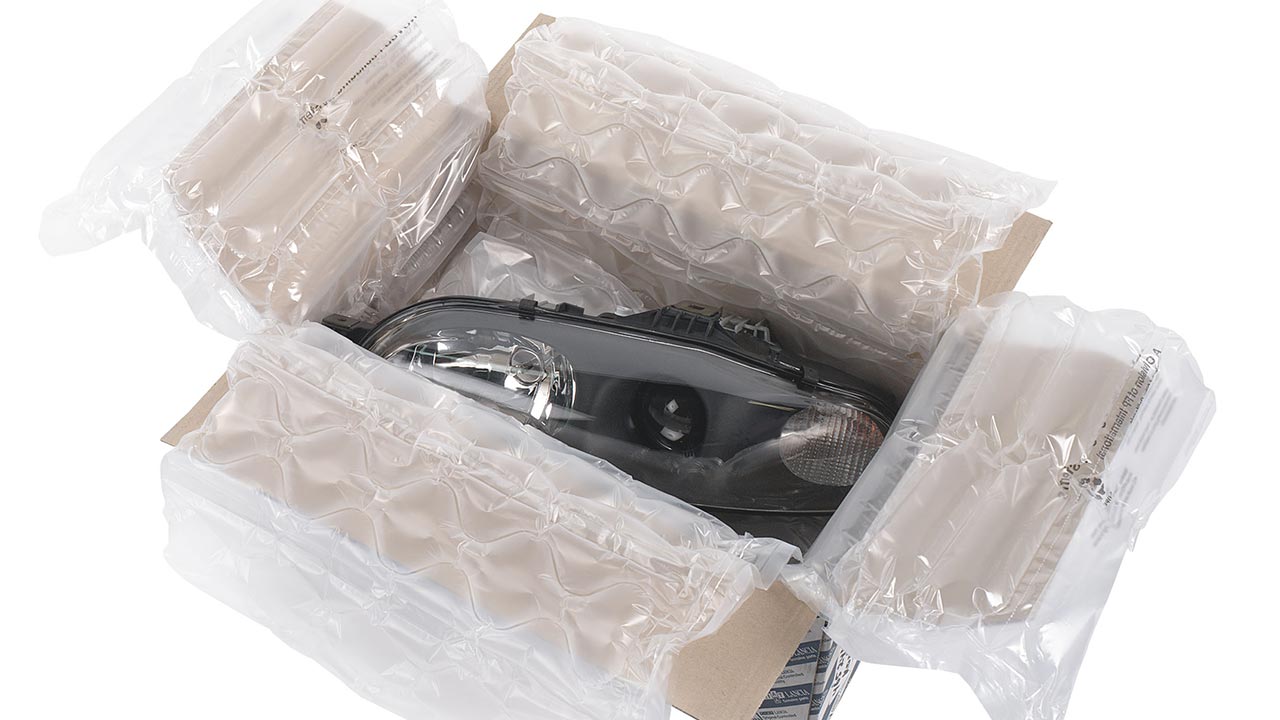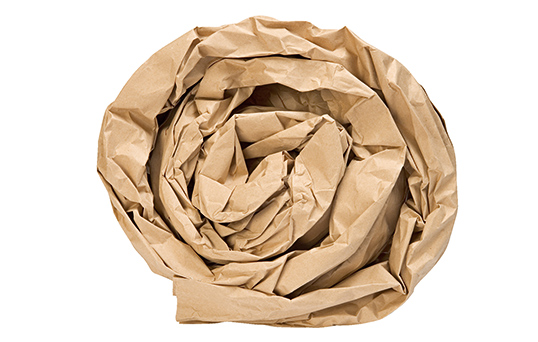Determining the Type of Shock and Vibration Protection Needed
The amount of protection you need depends on the nature of the goods you are transporting. Fragile or dangerous goods will need more protection from shock and vibration than materials made from steel or other durable materials. There are several different ways to protect your goods from shock and vibration. Each of these solutions has its own unique advantages and disadvantages. The correct type of protection depends on what you are shipping, how it will be shipped, as well as several other factors. Here at Nefab, we have different types of protections that can be used for a wide range of different types of goods.
Before selecting the right type of shock and vibration protection, you will need to know the following:
- The characteristics of the goods you are shipping, including how fragile it is, its weight, the basic shape, etc.
- The overall characteristics of the packaging the goods will be shipped in.
- The volume of products to be shipped.
- The mode of transportation and handling that will be used.
- If using recycled or reusable materials is desired.
- The cost of storing your shipment at a warehouse.
Types of Protection
Nefab offers two different types of materials for protecting your shipments from shock and vibration: blocking materials and void filling materials. There are a number of different ways of implementing both of these options.
A blocking solution aims to stop goods from being damaged by immobilizing them between different cushioning materials. These materials do not necessarily have to fill all space around the product, but they do have to fill enough that the product does not shift or move if dropped or exposed to major vibrations.
While void filling is similar to blocking, this solution aims to completely fill all empty space around the packed materials to prevent any movement. Many of the same materials can be used for both applications.
There are four major types of blocking and filling materials: paper pads, air pads, foam-in place, and loose fill. Some other materials, including foam and bubble wrap, may also be used, although this is not their primary use.
Blocking Solutions
Paper pads are made from crumpling up paper similar to newsprint. This paper is pushed into the space around the product and the outer packaging, helping to hold it in place. Paper pads are ideal for packages that are irregularly shaped because of their flexibility. This filler also works well for fragile goods because there’s very little chance that the paper itself will damage the good. Paper pads themselves are very low cost and do provide sufficient protection from shocks and vibrations. They are often used in a number of industries, including the healthcare, electronics, and automotive industries.
However, special equipment is needed for using paper pads as the inner packaging of a good. If you wish to do so, you may need to rent this equipment rather than buy it to reduce costs. Paper pads are also more costly than some other products, and they must be packed correctly to be effective.
Air pads, sometimes called air packets or air bubbles, are small plastic bags that have been inflated. They are very easy to use and can be quickly inserted into packaging. This material is useful when shipping many different products, although products that contain sharp edges can puncture the air pads.
The material cost of air pads is incredibly low because most of the filling is done with air. There is little material used in creating the air pads themselves. This makes air pads the most cost-effective option for filling large spaces. Only one percent of the air pad is plastic; the rest is air. This means the pads weigh very little and have a negligible effect on shipping costs.
As with paper pads, special equipment is needed to inflate air pads. However, this equipment can be rented. Unlike paper, which can be used to pack irregular objects, air pads may not easily fit into small spaces.
Filling Solutions
Foam-in-place solutions make use of polyurethane foam. This foam is created by a chemical process wherein two liquids are introduced to each other. This causes a reaction and results in a rapidly expanding foam. This foam provides very effective protection from shock and vibration because it perfectly fills the space around the product. There is no need to try to press paper or air pads down into small or irregular shaped areas. Foam-in-place is very lightweight, too, and comes in a number of different densities.
The equipment for using foam-in-place is generally purchased rather than rented, which can add some additional costs to this method. It’s also expensive to recycle the foam, and some environmental protection groups have questioned the effect the disposed foam has on the environment.
Loose fill includes using a type of small material to fill in the space around the product. The most popular type of material is polystyrene, which many people refer to as “packing peanuts.” This material can be made from recycled paper or from corn starch, making it more environmentally friendly. It is very flexible since the material can fit down into many small areas and works for both regularly and irregularly shaped packages.
The cons to using loose fill include its cost and the fact that it has low shock absorption. It is also quite wasteful.
Determining the Correct Solution
If you are uncertain which type of blocking or filling solution is right for your products, our experts at Nefab can assist you. Simply contact us with your product information and we can advise on what solution is best for you.


